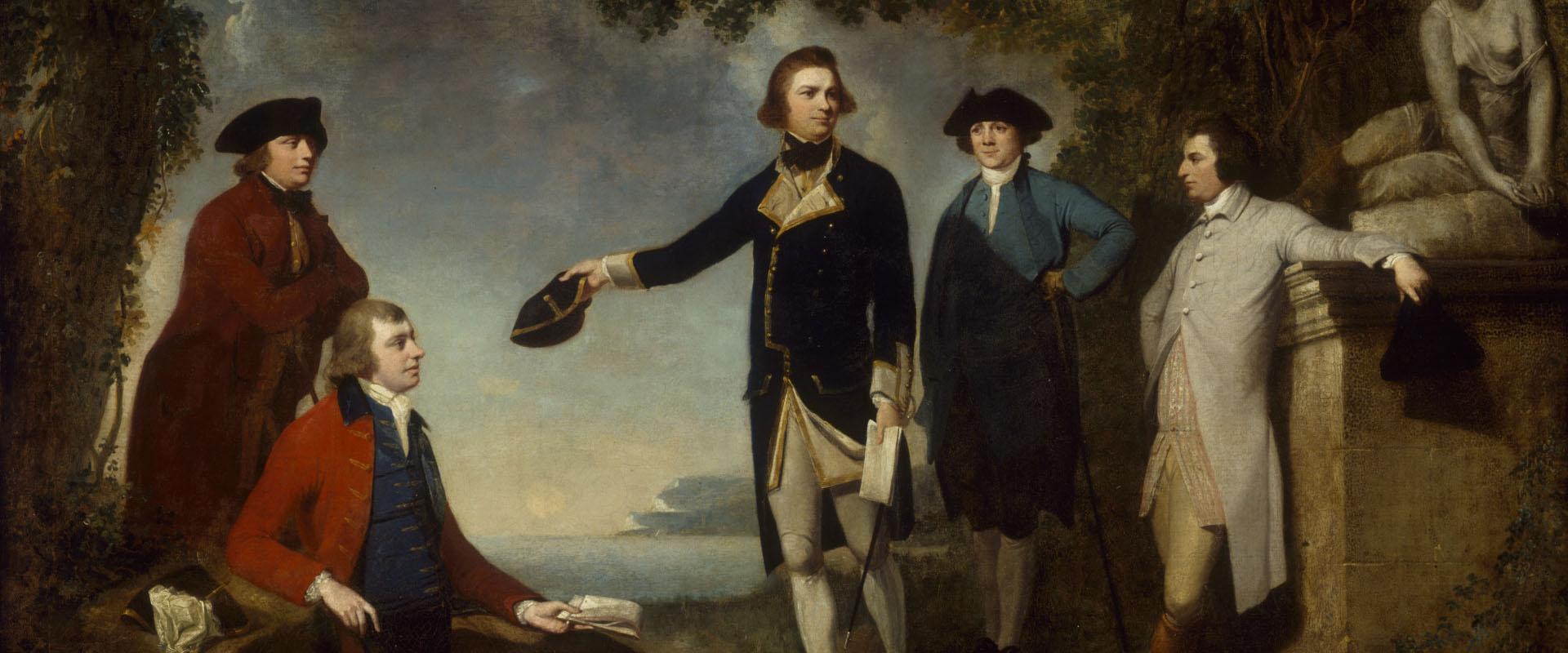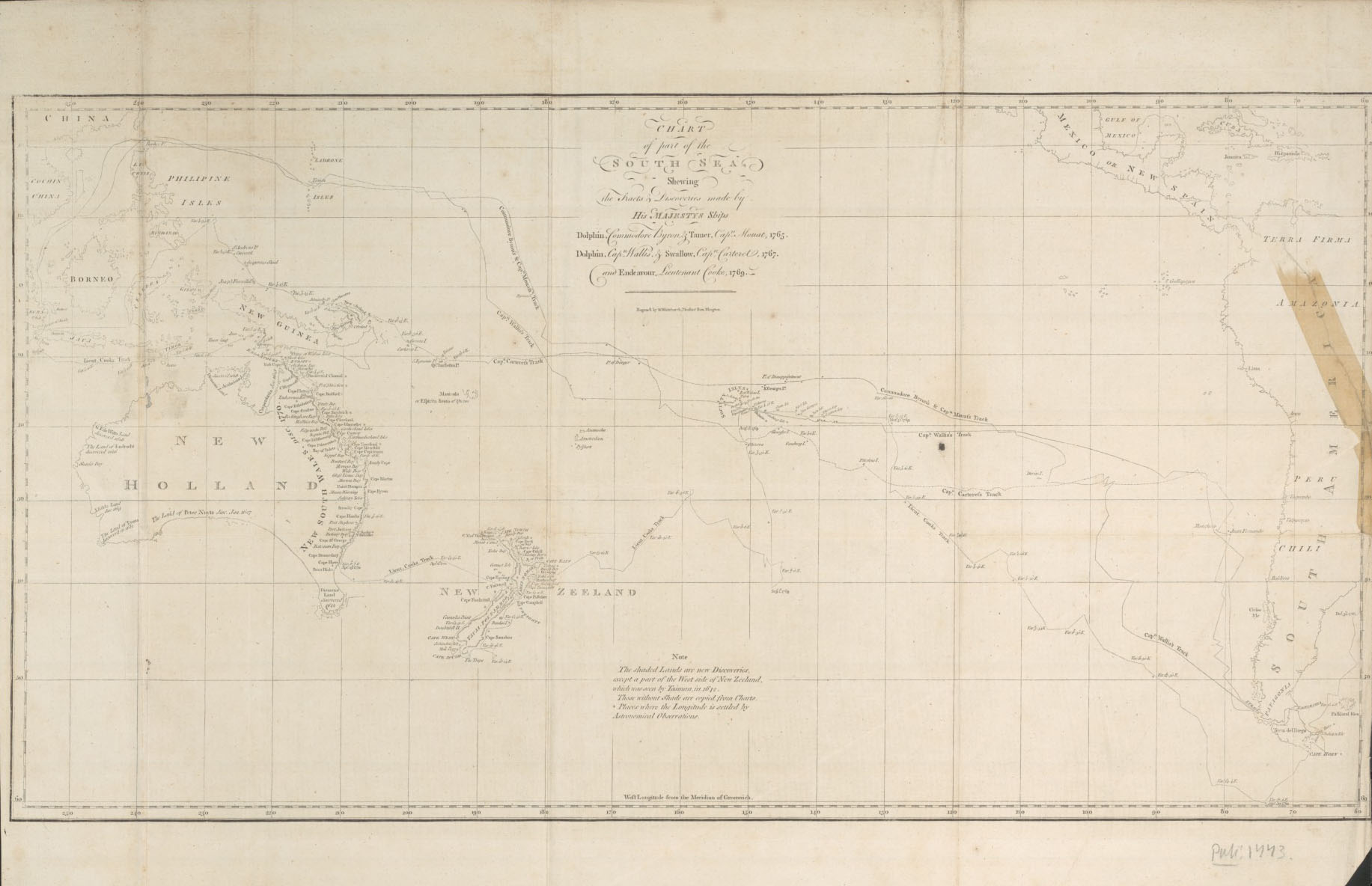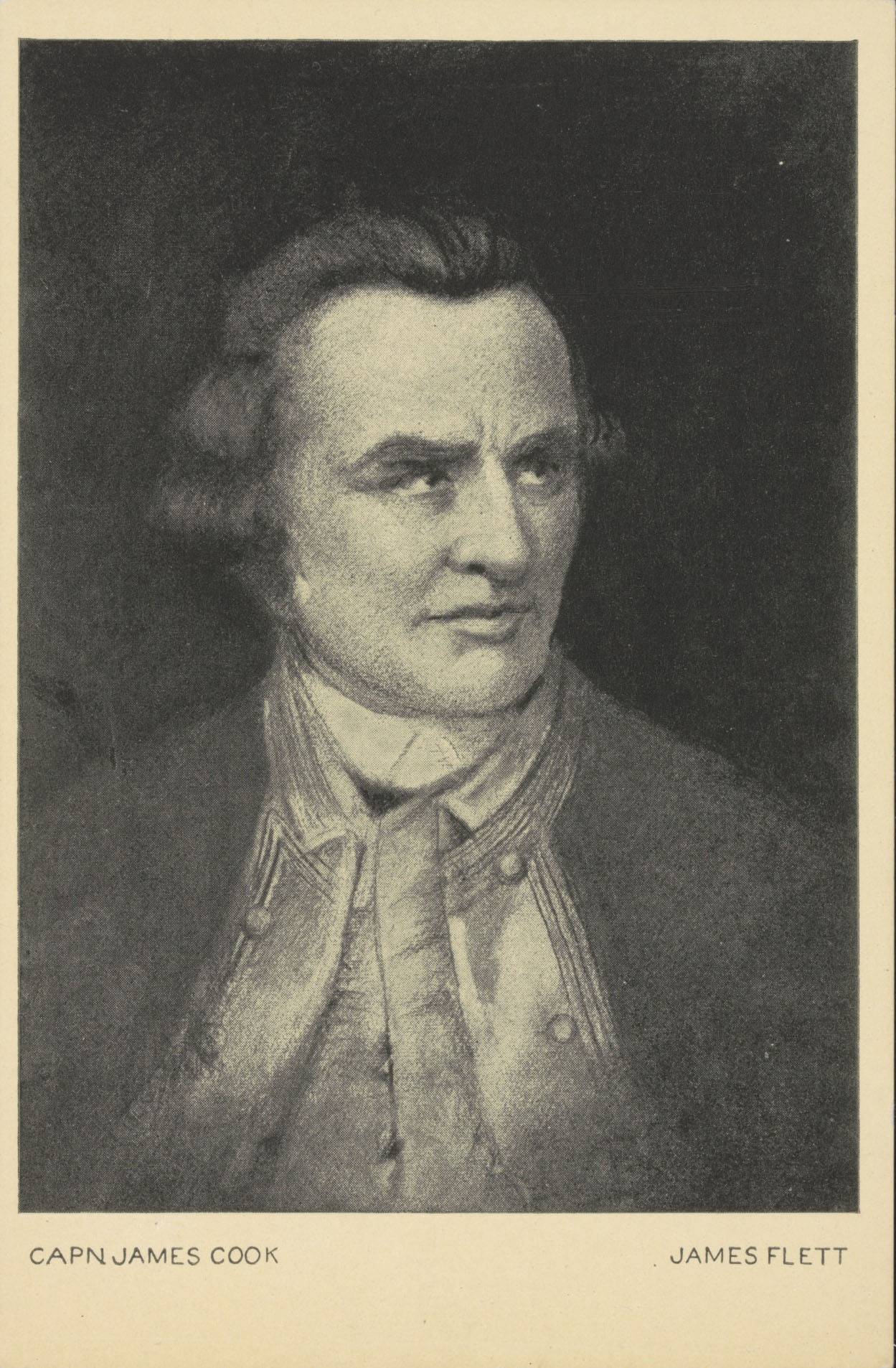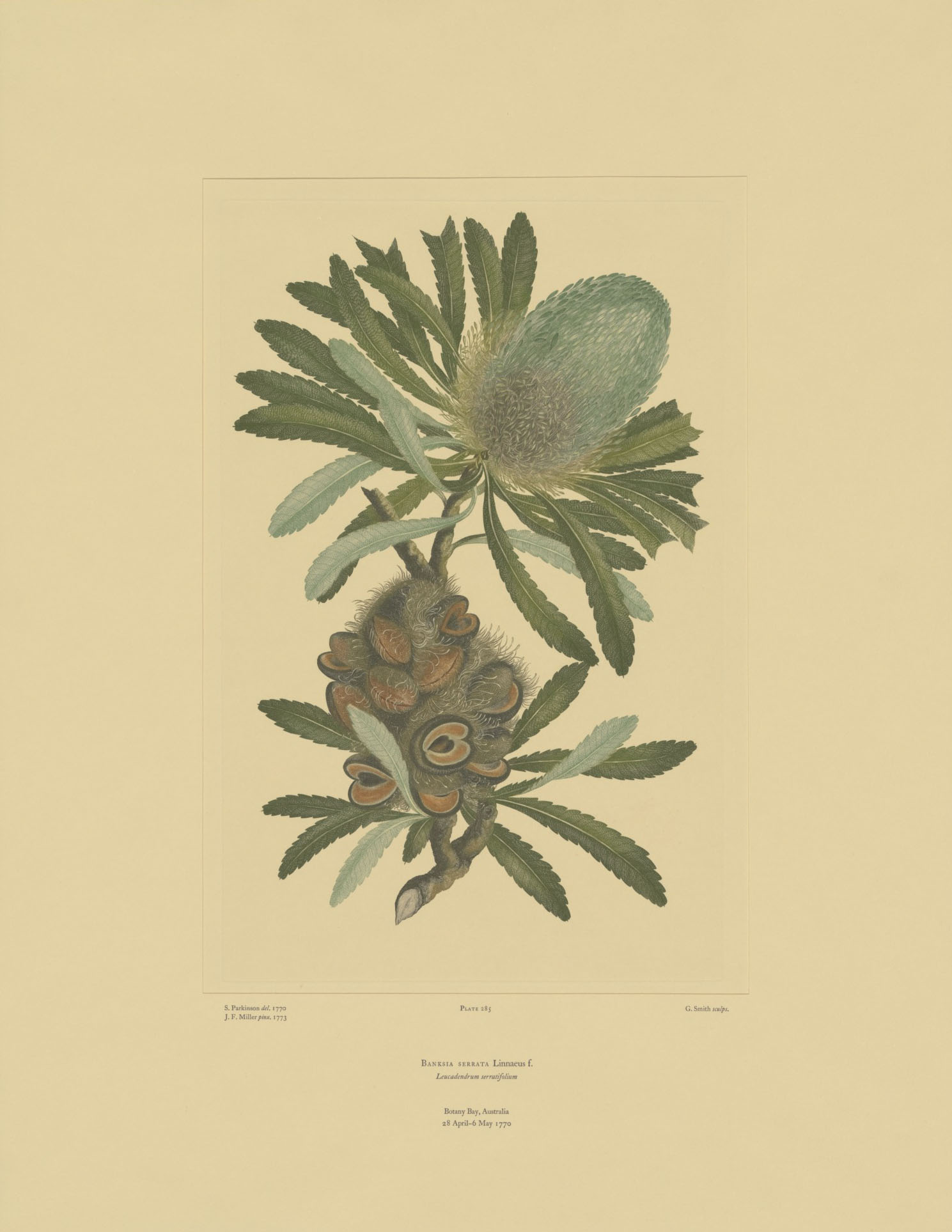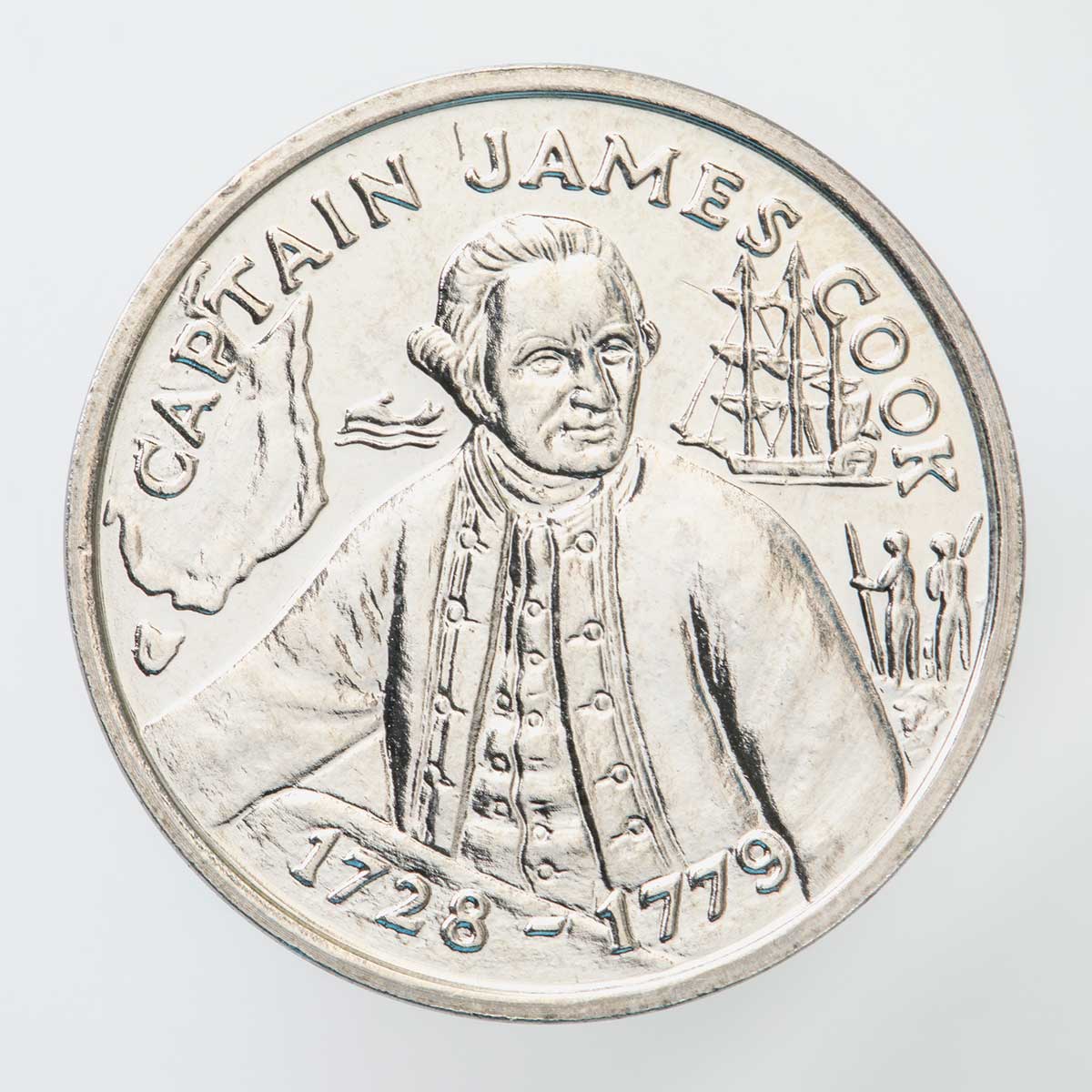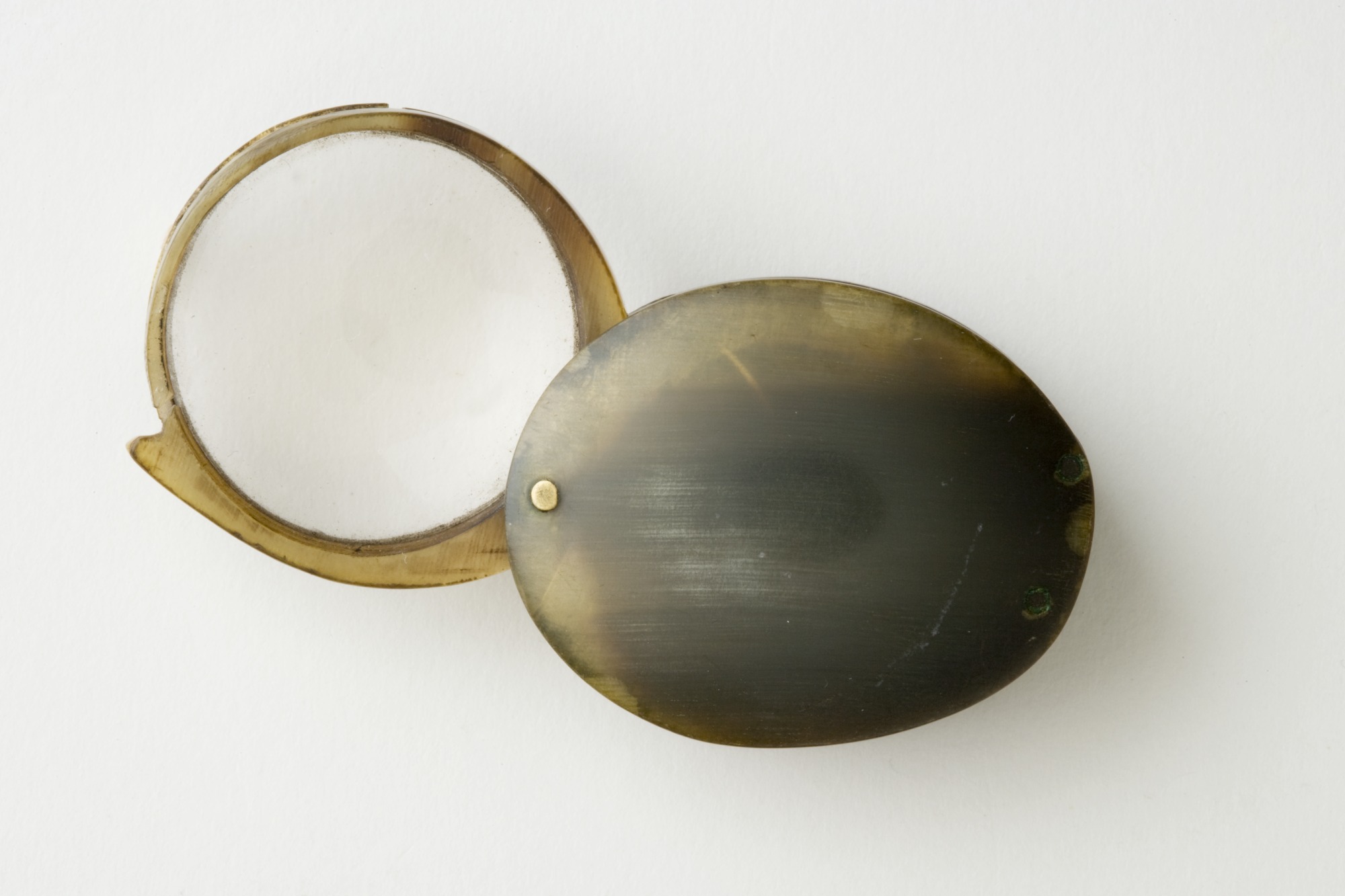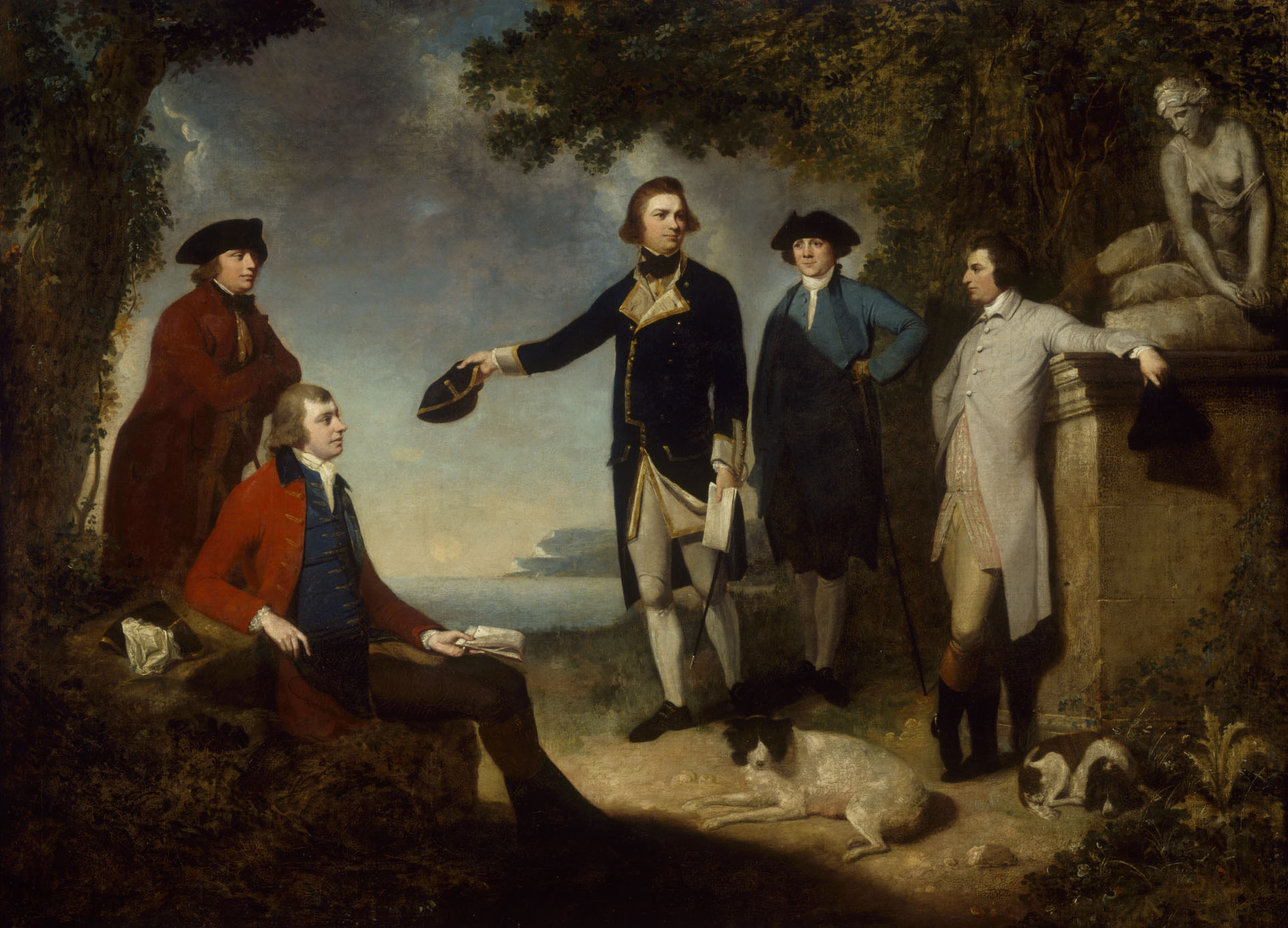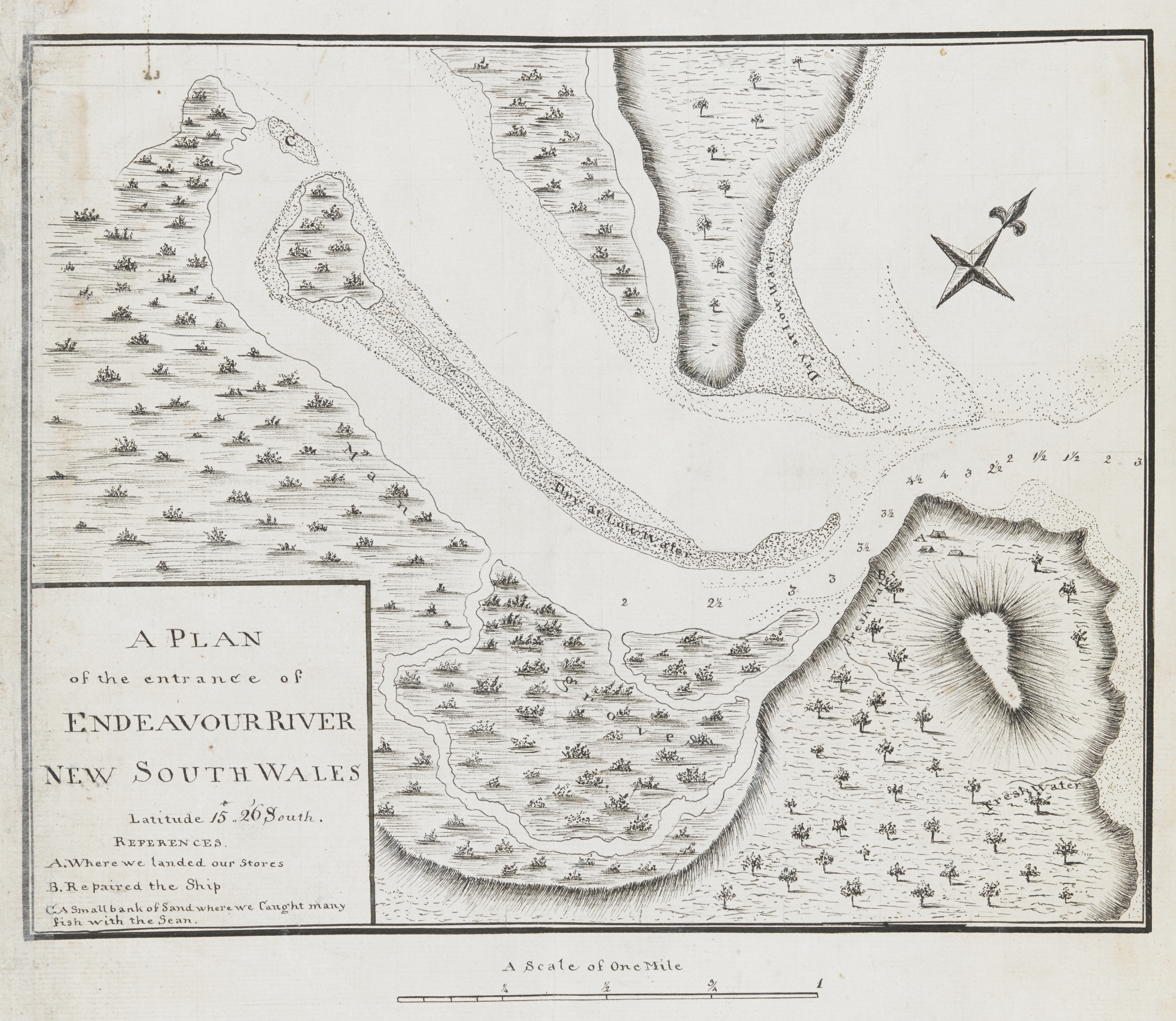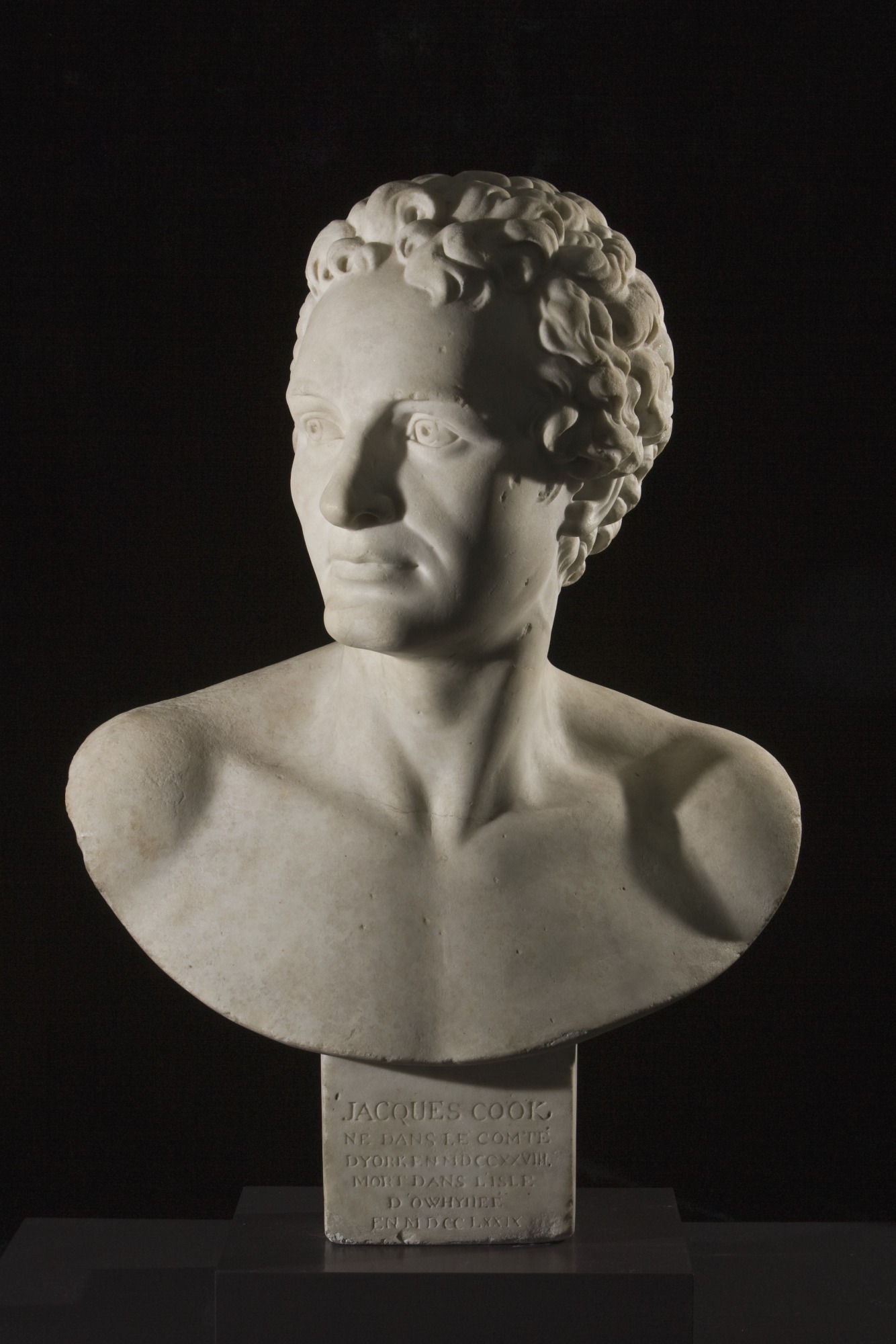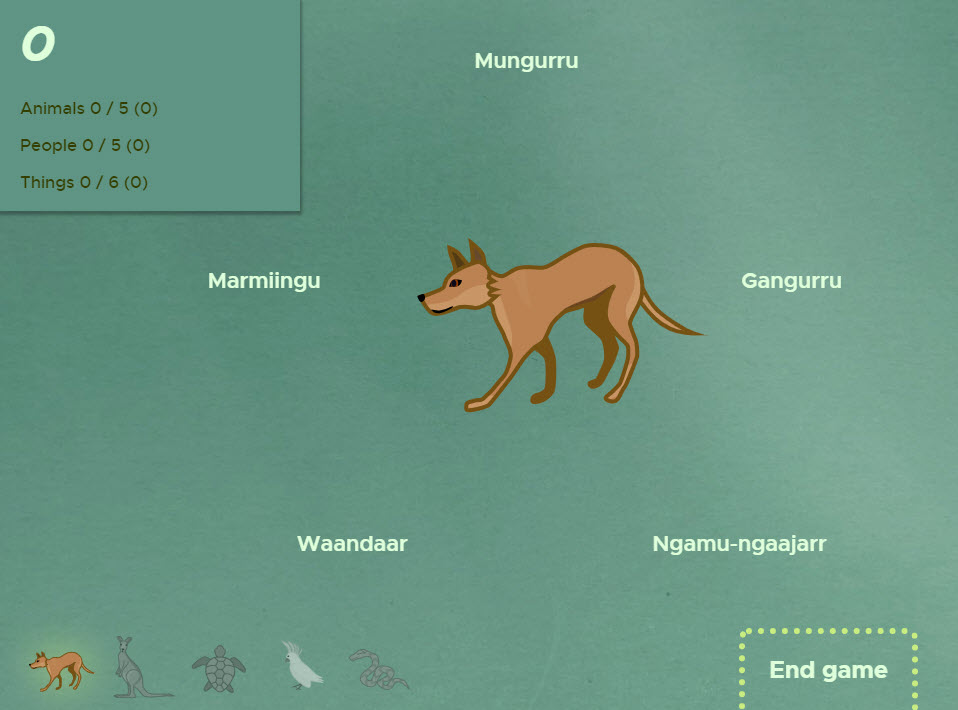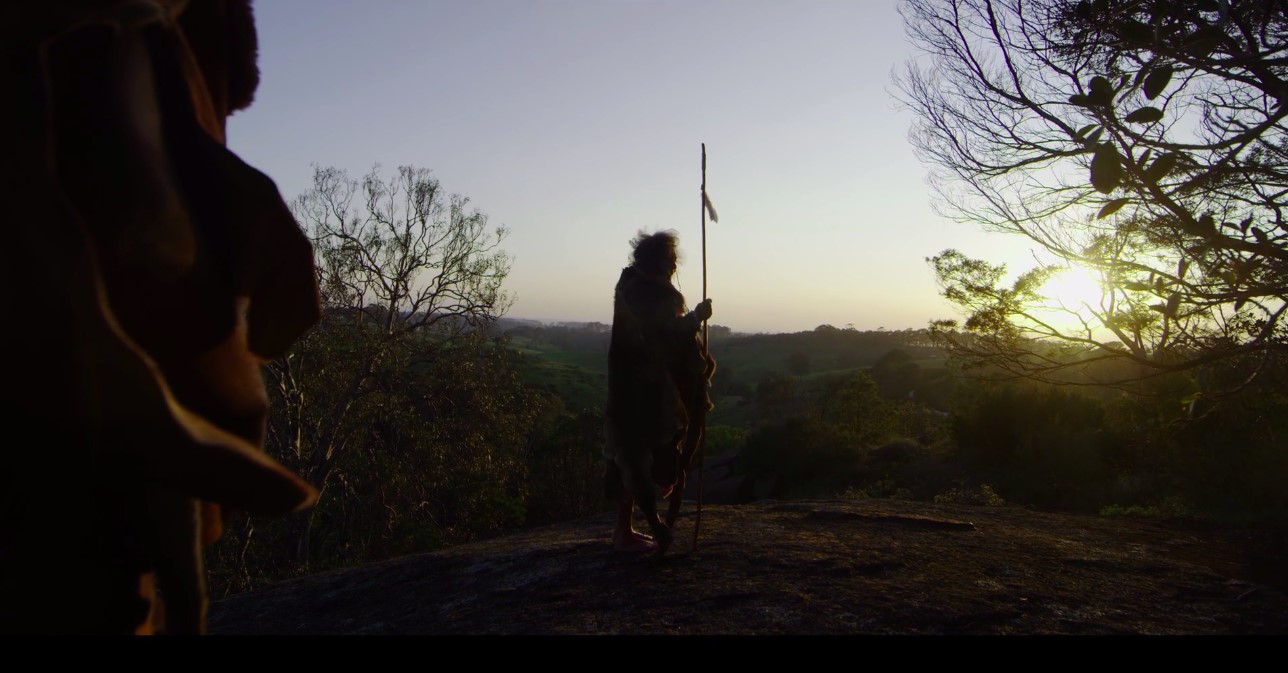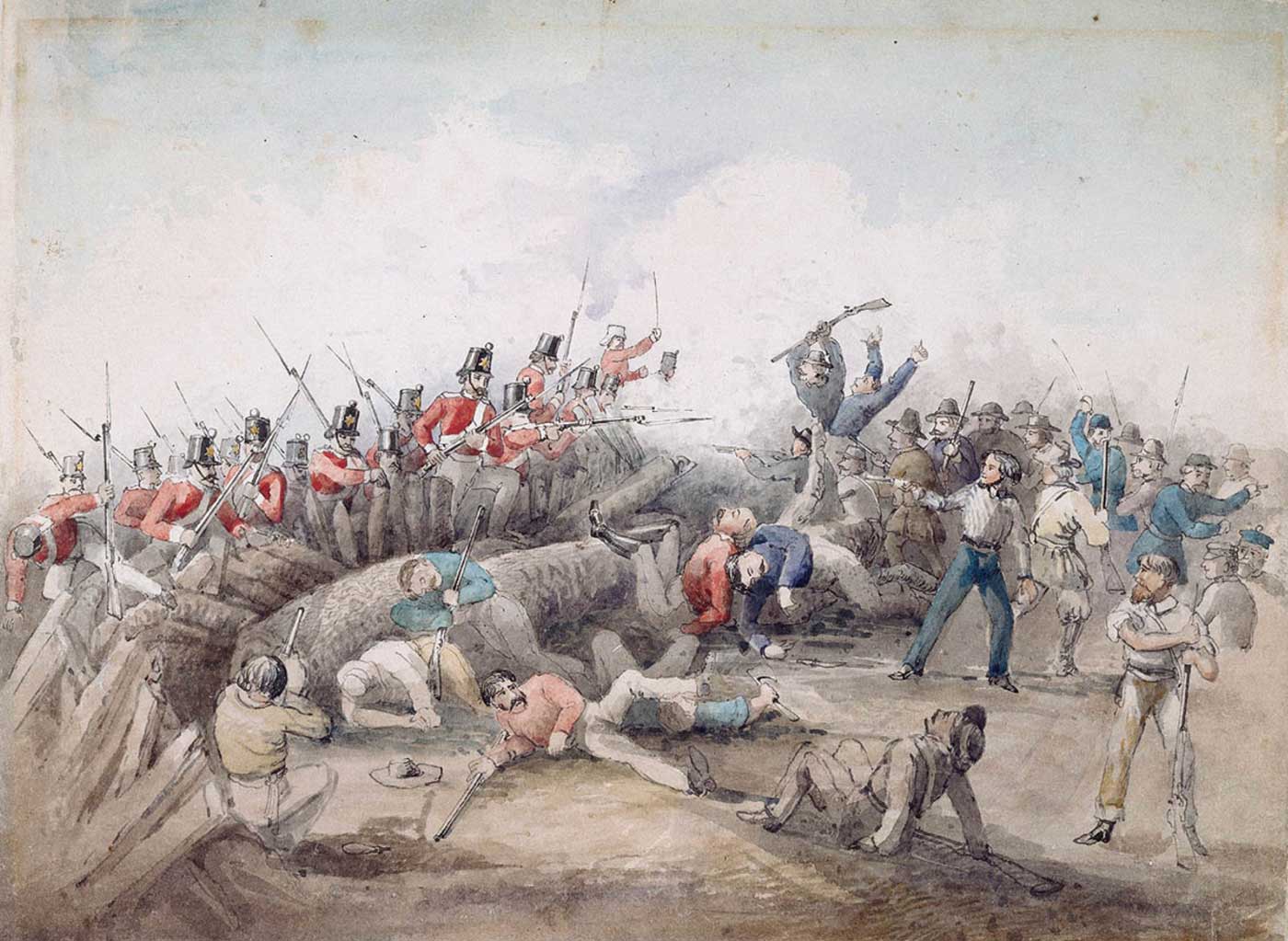In search of the Great South Land
1770: Lieutenant James Cook claims east coast of Australia for Britain
In search of the Great South Land
1770: Lieutenant James Cook claims east coast of Australia for Britain
Learning area
In a snapshot
In 1770 Lieutenant James Cook, captain of the ship the HMB Endeavour, climbed to the highest point of Possession Island and claimed the east coast of the Australian continent for Britain, naming it New South Wales. In his journal, Cook wrote: ‘so far as we know [it] doth not produce any one thing that can become an Article in trade to invite Europeans to fix a settlement upon it’. Eighteen years later a British convict settlement was set up in New South Wales.
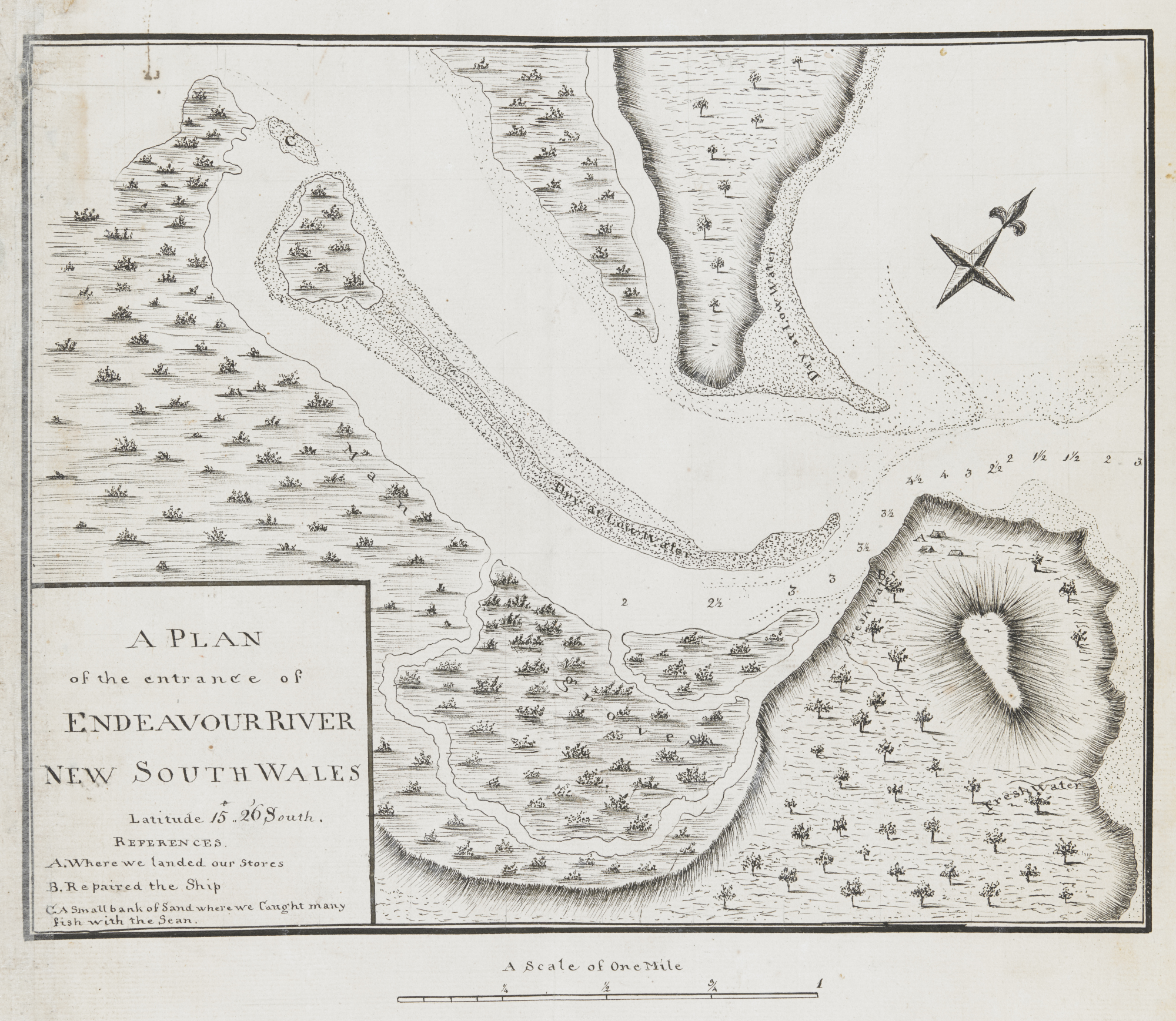
 Can you find out?
Can you find out?
1. What was the purpose of James Cook’s voyage in 1768?
2. How did Aboriginal people react to Cook’s visit to Botany Bay and the Endeavour River?
3. What was Cook’s final act before leaving Australia? Why was this so important?
What was the purpose of the voyage of the HMB Endeavour?
The 1768–71 voyage of HMB Endeavour, led by Lieutenant James Cook, had two main goals. The first goal was to find out the distance between the Earth and the Sun. This had to happen in Tahiti in the Pacific, by watching the transit of Venus across the face of the Sun. The second goal was to discover and claim for Britain the ‘Great South Land’, a land mass which was believed to lie in the unmapped waters of the Pacific, east of Australia.
Where did the Endeavour go?
Cook watched the transit of Venus in Tahiti on 3 June 1769, and left six weeks later. From Tahiti he looked for the Great South Land, but could not find it (on a later journey Cook proved that the Great South Land did not exist). Cook sailed to New Zealand and spent six months mapping its coast.
Cook then began the journey back to Britain, travelling north along Australia’s east coast. No one knew how far the east coast of Australia (called New Holland at that time) stretched, and many maps showed a strait separating the continent from New Guinea. Cook wanted to find out whether the strait existed.
Research task
Use Google maps to locate the main places the Endeavour sailed on the east coast of Australia.
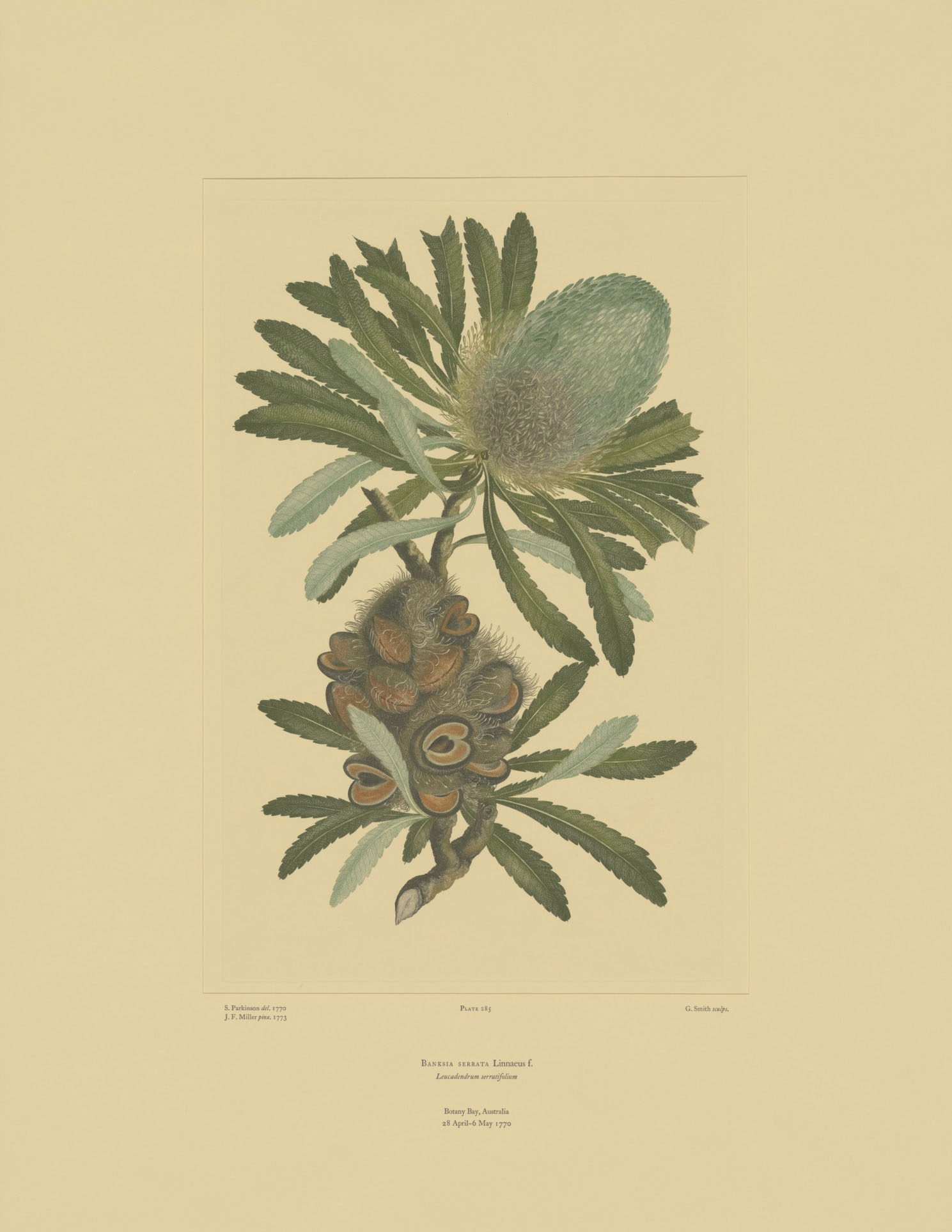
The Endeavour spent just over four months sailing and mapping Australia’s east coast between Victoria (Point Hicks) and Possession Island in the Torres Strait.
Cook’s first Australian landing was at Botany Bay. The local Dharawal people resisted the landing and the crew’s attempts to communicate. Cook only spent eight days at Kamay Botany Bay, even though Joseph Banks, the botanist on board the ship, wanted to stay on longer to study the local plants and animals.
What happened in those eight days at Botany Bay?
How did meeting go between the First Nations people and Cook and his crew? Hear Dharawal man Ray Ingrey share oral histories passed down by his community at Kamay Botany Bay, and hear from Cook’s diary and historian Paul Irish, in the Hey History! podcast.
What happened on the Great Barrier Reef?
As it travelled north along Australia’s coast, the Endeavour got stuck on coral on the Great Barrier Reef. Cook and his crew were trapped on board the ship. They had to throw six cannons, thousands of gallons of water and many other supplies overboard to lighten the ship.
After 24 hours, the crew freed the Endeavour from the reef. They sailed into the (newly named) Endeavour River, where they were protected from strong winds. Here they began emptying the ship and repairing the damage to the hull. It took two months for the crew to repair the ship, regain their health and stock up on valuable food supplies.
At Endeavour River the botanist Joseph Banks had more time to collect Australian plants and animals, including a kangaroo. Also, the ship’s crew made good relations with the Guugu Yimithirr people, although Cook did cause offence when he refused to share any of the turtles his men had captured with his local hosts.
In August of 1770 Cook set sail again. The Endeavour spent 18 dangerous and windy days and nights continuing north through the Great Barrier Reef.
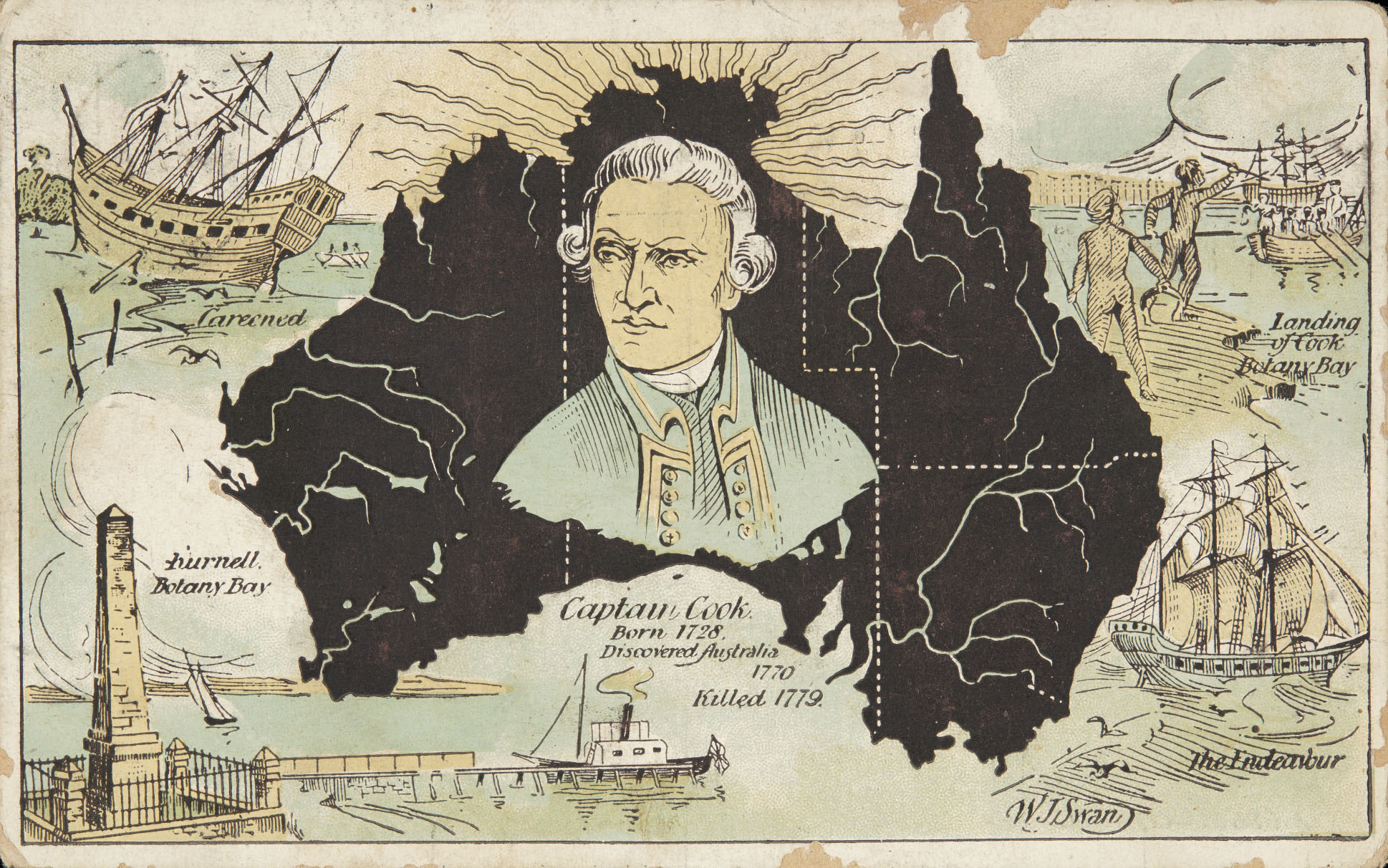
‘Not withstand[ing] I had in the Name of his Majesty taken possession of several places upon this coast I now once more hoisted English Coulers [colours] and in the Name of His Majesty King George the Third took possession of the whole of the Eastern Coast…’
What did Cook do before he left Australia?
In the middle of August, the Endeavour reached the northern most point of the Australia continent, proving that the Torres Strait existed. Cook climbed to the highest point of Possession Island and claimed the east coast of the Australian continent for Britain.
In his journal, Cook wrote: ‘so far as we know [Australia] doth not produce any one thing that can become an Article in trade to invite Europeans to fix a settlement upon it’. However, just 18 years later, a British convict settlement was set up in New South Wales.
Read a longer version of this Defining Moment on the National Museum of Australia’s website.
Research task
Cook wrote about his voyage in a journal. Do some research to find out what he said about Aboriginal people. Hint: Look at 22 April, 26 April and 22 August.
 What did you learn?
What did you learn?
1. What was the purpose of James Cook’s voyage in 1768?
2. How did Aboriginal people react to Cook’s visit to Botany Bay and the Endeavour River?
3. What was Cook’s final act before leaving Australia, and why was this so important?






